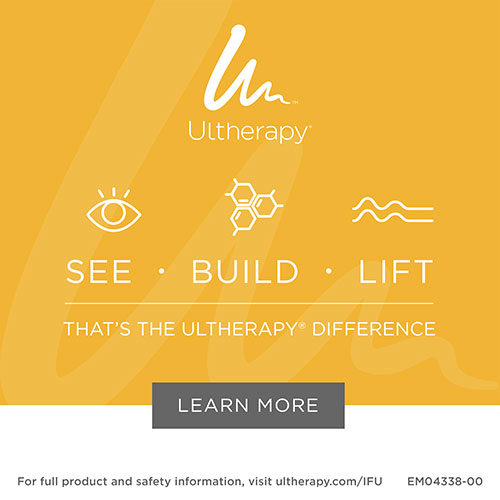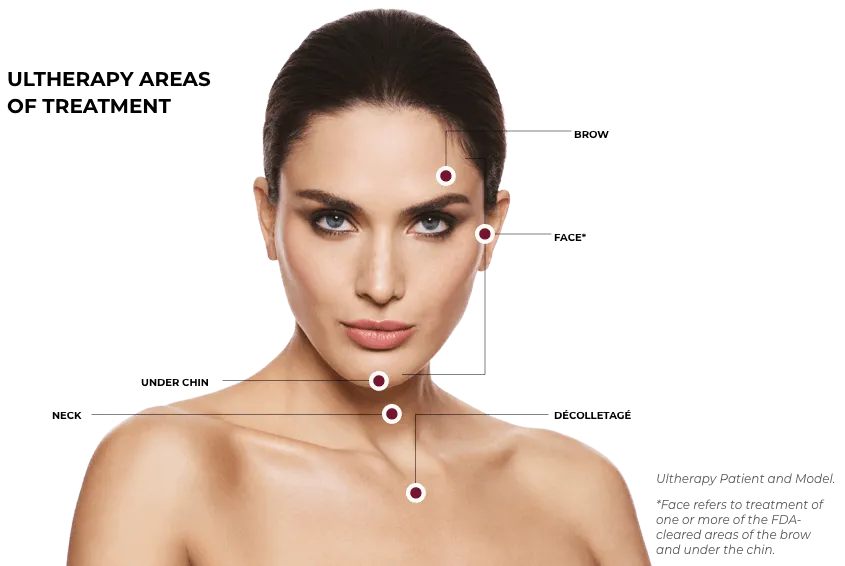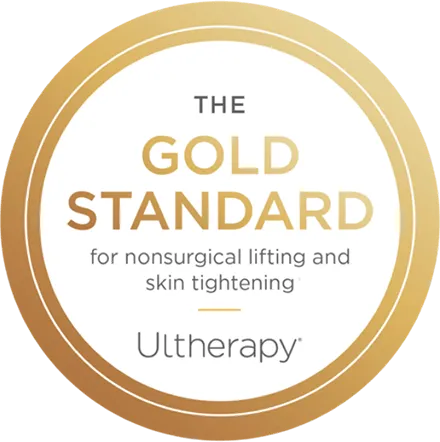Ultherapy is the only FDA-approved non-invasive treatment for lifting the skin on the neck, chin and brow. Ultherapy uses focused ultrasound to stimulate collagen deep within the skin without downtime. The result? Tighter, better-fitting skin, even on the neck!
Natural. Non-invasive. No downtime.
What Is Ultherapy?
Ultherapy is the only non-invasive treatment approved by the FDA for lifting the skin on the neck, chin and brow. Ultherapy uses focused ultrasound to lift and tighten loose skin over time, without any downtime.
How is Ultherapy different?
Ultherapy is the only non-surgical cosmetic procedure that uses focused ultrasound to stimulate the growth of new collagen deep within the skin. The production of new collagen occurs over time, so results can become more apparent over three to six months. The procedure takes only about an hour for most patients, and there is no downtime.
It also is the only procedure to use ultrasound imaging, which allows us to actually see the layers of tissue we target during the treatment and ensure the energy is deposited precisely to where it will be most effective.

How does Ultherapy work?
Take a look at the informative video below to see exactly how Ultherapy works:
Does Ultherapy Hurt?
A recent software upgrade called “Ultherapy Amplify” now affords a more comfortable procedure. While comfort thresholds vary from patient to patient, most patients now report that the procedure is quite tolerable.
If and when any discomfort does occur, it happens while the ultrasound energy is being delivered. This sensation is temporary and is a positive signal that the collagen-building process has been initiated.
We take measures to make the experience as pleasant as possible, and patients tell us they leave comfortable and excited about the benefits to come.
How Long Does Ultherapy Last?
Patients treated with Ultherapy still have fresh young collagen after a year’s time following the procedure, but skin continues to age. Future touch-up treatments can help keep pace with the aging process, which varies by individual.
Are There Any Side Effects to Ultherapy?
There may be slight redness for up to an hour or so following the treatment, and a small percentage of patients may have slight swelling, tingling or tenderness to touch, but these are mild and temporary in nature.
Is Ultherapy Safe?
The procedure has been cleared by the FDA after demonstrating safety in clinical studies, and over 100,000 treatments have been performed safely worldwide.
In addition, ultrasound energy has a proven track record, with use in the field of medicine for more than 50 years.
How Many Treatments Does it Take?
The majority of patients only need one treatment; however, some may benefit from more than one treatment depending on how much laxity they have and their body’s own biological response to the ultrasound and the collagen-building process.


Who Is a Good Candidate for Ultherapy?
A good candidate for Ultherapy is someone with skin that has some degree of laxity, to the point of looking, and often feeling, less firm. A lowered eyebrow line or sagging skin on the eyelids, for instance, is often the first sign of “maturing” skin.
Loose skin under the neck and under the chin signals a patient might be a candidate. Typically, those in their thirties and older who have mild to moderate skin laxity are candidates.
While Ultherapy is not a replacement for a surgical face lift, there are many people who want some lifting but are not ready for surgery, either mentally, physically or financially. There also are younger people who want to “stay ahead of the game” as well as those looking to prolong the effects of cosmetic surgery.
What About Treating Anatomical Regions Other Than the Face?
Currently, Ultherapy is a treatment for the face and neck with a specific clinical indication for lifting the skin on the neck, chin and brow.
What Does Collagen Do? How Does Ultherapy Stimulate the Creation of Collagen?
Collagen is a natural protein that gives skin its youthfulness by keeping it firmed and toned. As we age, collagen loses its strength and its ability to stand up to the effects of gravity that pull the skin downward.
Ultherapy uses focused ultrasound to generate a thermal effect under the skin. The thermal effect essentially jumpstarts a repair process that strengthens existing collagen and produces fresh, new collagen.
Can Men Have Ultherapy Done?
Yes! Both women and men globally are receiving Ultherapy.

Plunging Necklines: How Ultherapy Can Firm Your Décolletage
Many women spend a great deal of time and money smoothing, firming, plumping, and brightening their faces. However, dermatologists have noticed that many of these same patients do not take proper care of their décolletage, especially sun protection.
The result is often hyperpigmentation, wrinkles, and laxity which can all distract from an otherwise youthful and well-maintained appearance.
Fortunately, Ultherapy now offers patients a way to rejuvenate and lift the delicate skin on the chest.
If you haven’t heard of Ultherapy or seen advertisements featuring Christie Brinkley, Ultherapy is a non-invasive device that uses ultrasound energy to stimulate new collagen and elastin and strengthen the skin’s structure. The ultrasound energy is delivered to varying depths of the skin ranging from 1.5 – 4.5 mm and does not cause any disruption to the skin’s surface.
It is FDA-approved to lift, tighten, and tone the décolletage, midface, neck, eyes, and forehead.
Ultherapy Décolletage Procedure
Prior to the procedure, photos are taken and the chest will be marked to outline the treatment area. The Ultherapy device allows the provider to visualize the internal layers of the skin and then administer a series of pulses to the décolletage.
The pulses are brief, and many patients describe the sensation as small pricks to the skin. A chilled ultrasound gel is used during the treatment and can help improve patient comfort.
Ultherapy can be performed on the décolletage in 30 minutes.
Post-Treatment Experience
Ultherapy has zero downtime, and patients may resume all normal activities post-treatment. It is normal to experience some minor redness, swelling, and bruising immediately after.
Because it does not affect the skin’s outermost layer, patients do not need to be as cautious about sun exposure as they would with some other cosmetic treatments.
Ultherapy Results
Treated areas become progressively tighter and more toned 2-6 months after treatment. Results typically last 1.5-2 years.
If you would like to tone and tighten your aging areas, please call our office today to schedule an appointment!
